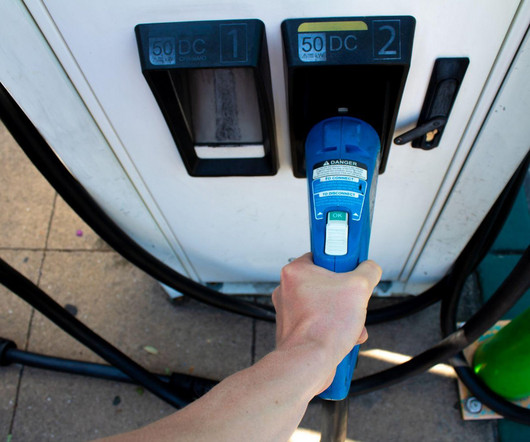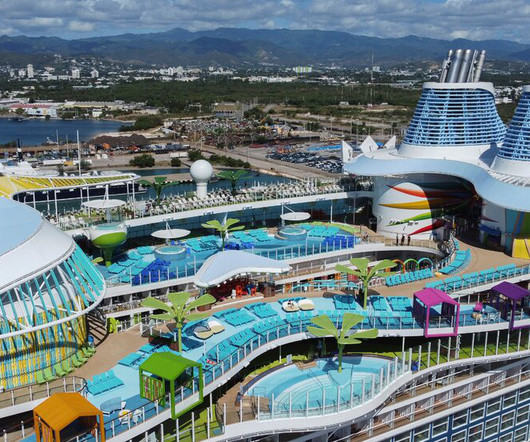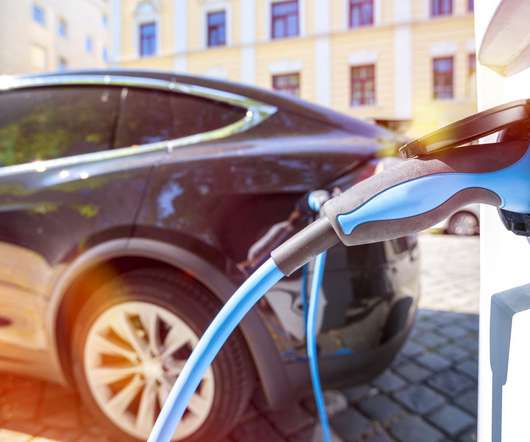Raven SR and Chart Industries to collaborate on hydrogen and carbon capture
Green Car Congress
DECEMBER 23, 2022
In addition, CO 2 can be a feedstock for concrete or alternative fuels such as eFuels. By partnering with Chart Industries, Raven SR will be able to optimize our facilities’ production of clean fuels, strengthening both project deployment and regional fuel supply. —Matt Murdock, CEO of Raven SR.





















Let's personalize your content